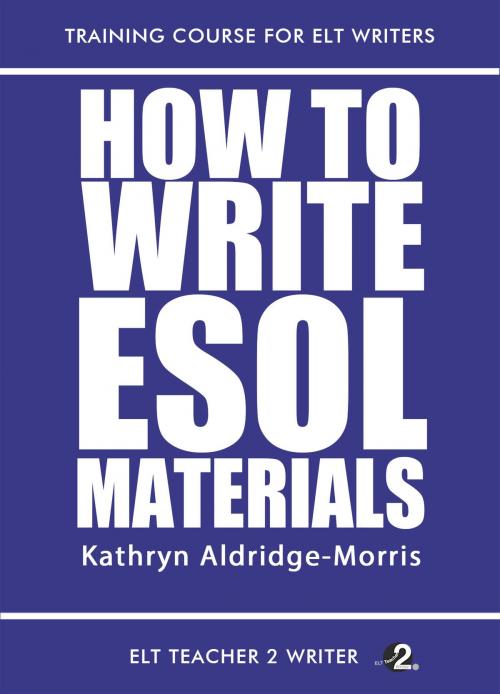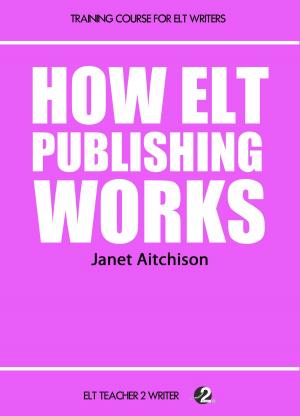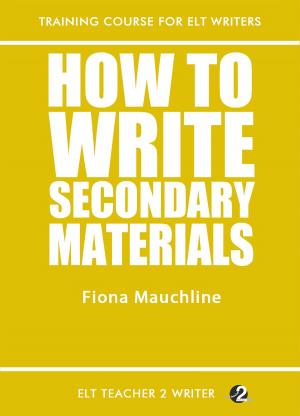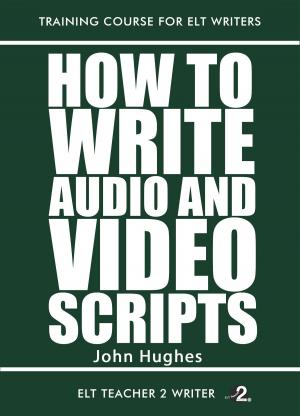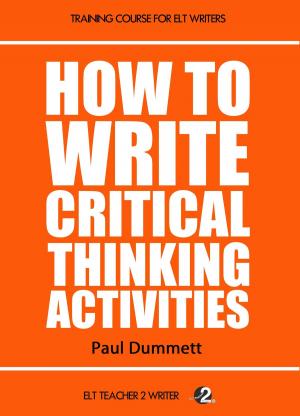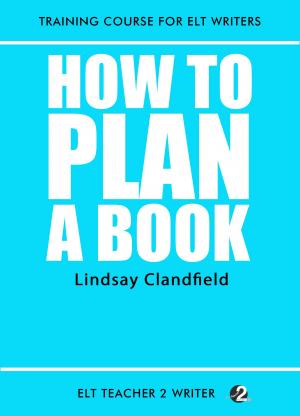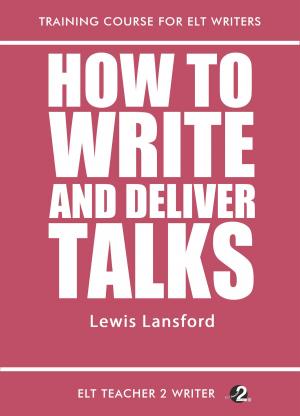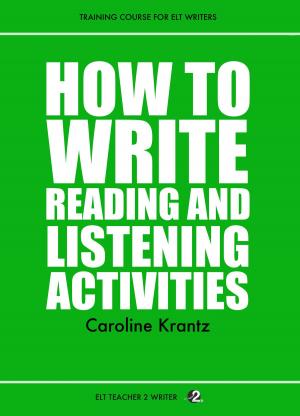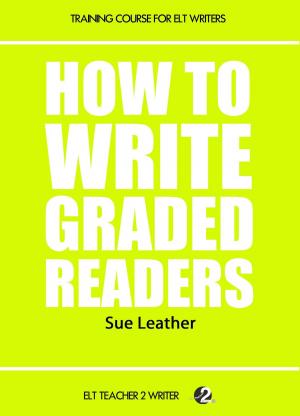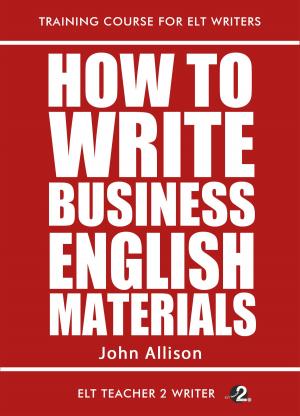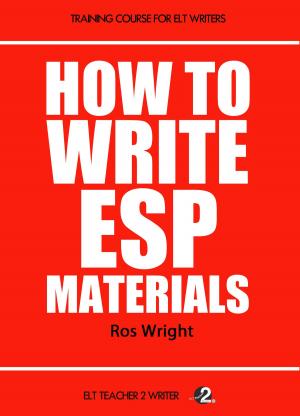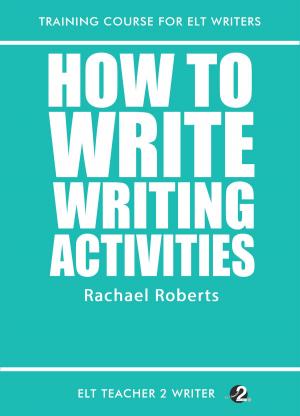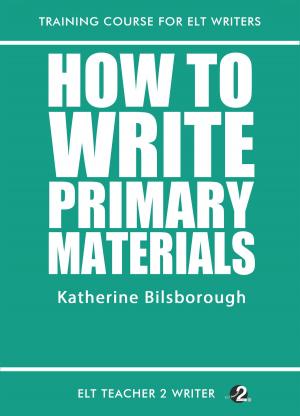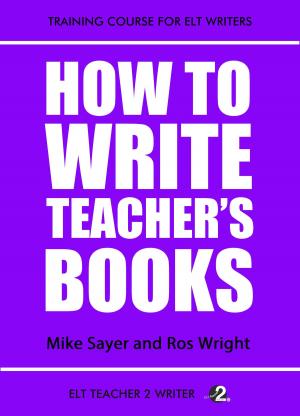| Author: | Kathryn Aldridge-Morris | ISBN: | 9781310531484 |
| Publisher: | ELT Teacher 2 Writer | Publication: | September 12, 2015 |
| Imprint: | Smashwords Edition | Language: | English |
| Author: | Kathryn Aldridge-Morris |
| ISBN: | 9781310531484 |
| Publisher: | ELT Teacher 2 Writer |
| Publication: | September 12, 2015 |
| Imprint: | Smashwords Edition |
| Language: | English |
How to Write ESOL Materials by Kathryn Aldridge-Morris is the latest addition to ELT Teacher 2 Writer’s series of How To ebooks for ELT writers. The author considers the specific characteristics of a range of ESOL teaching and learning settings, and explores the implications of these for the development of learner-centred resources. The main approach to materials development takes the context-specific needs of learners as the starting point, and will be relevant to ESOL practitioners working with refugees and migrants in all English-speaking countries, not just in the UK.
There are activities and commentaries on developing resources for mainstream ESOL classes, ESOL museum resources, resources to support voluntary one-to-one ESOL sessions and prison ESOL. There are also sections on how to design online resources for learners with emerging digital literacies, and on creating materials that are inclusive.
It’s an informal and practical guide to materials development that uses case studies, anecdotes and interviews with practitioners, as well as academic research, to suggest a plethora of creative ideas for writing materials for publication, and for the classroom. Along the way you’ll discover nuggets of information, such as what it means to be ‘ghosted’ in prison, how women ward off post-natal depression in traditional Palestinian culture and how you should respond if a Brazilian gives you a ‘yellow smile’.
All royalties are being donated to the Refugee Council.
How to Write ESOL Materials by Kathryn Aldridge-Morris is the latest addition to ELT Teacher 2 Writer’s series of How To ebooks for ELT writers. The author considers the specific characteristics of a range of ESOL teaching and learning settings, and explores the implications of these for the development of learner-centred resources. The main approach to materials development takes the context-specific needs of learners as the starting point, and will be relevant to ESOL practitioners working with refugees and migrants in all English-speaking countries, not just in the UK.
There are activities and commentaries on developing resources for mainstream ESOL classes, ESOL museum resources, resources to support voluntary one-to-one ESOL sessions and prison ESOL. There are also sections on how to design online resources for learners with emerging digital literacies, and on creating materials that are inclusive.
It’s an informal and practical guide to materials development that uses case studies, anecdotes and interviews with practitioners, as well as academic research, to suggest a plethora of creative ideas for writing materials for publication, and for the classroom. Along the way you’ll discover nuggets of information, such as what it means to be ‘ghosted’ in prison, how women ward off post-natal depression in traditional Palestinian culture and how you should respond if a Brazilian gives you a ‘yellow smile’.
All royalties are being donated to the Refugee Council.
